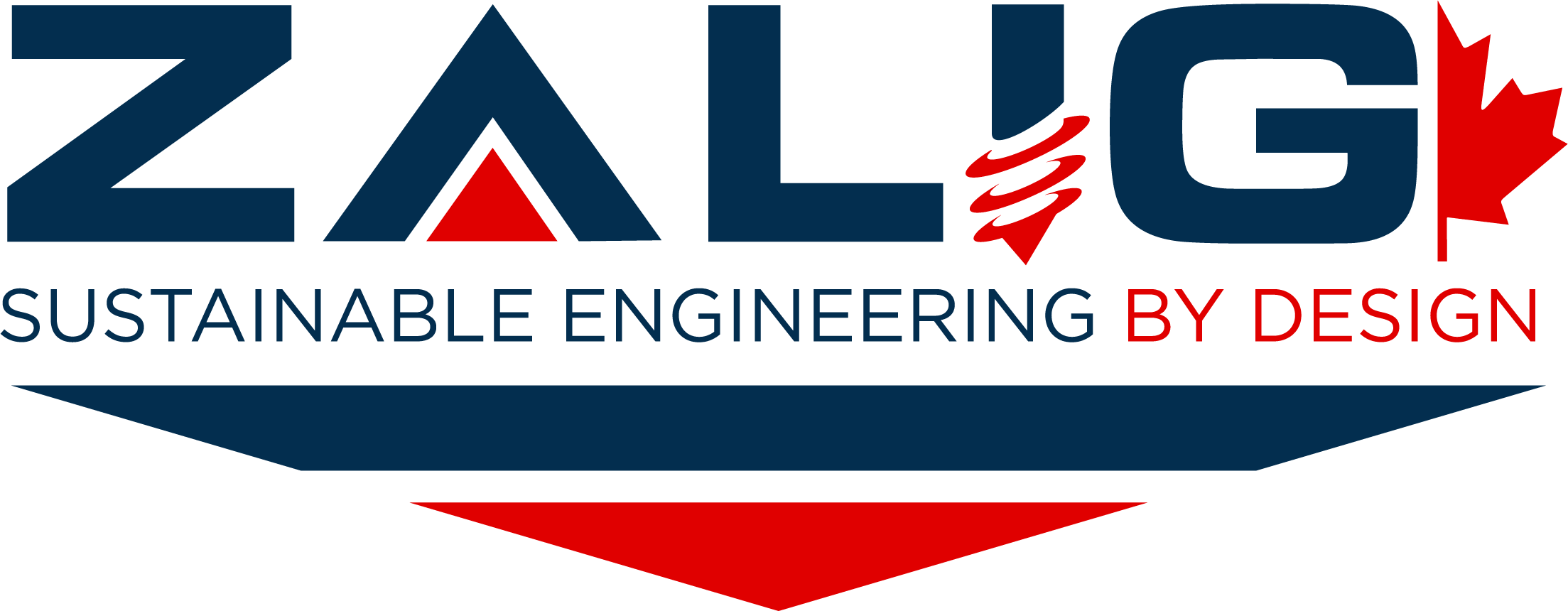- NDT Over Generations
Non-destructive testing (NDT) refers to a range of techniques used to evaluate the properties or integrity of materials or structures without causing damage. In the field of geotechnical engineering, NDT is commonly used to assess the condition of soil, rock, and other subsurface materials in a non-invasive manner.
Over the years, NDT has evolved significantly as new technologies and techniques have been developed. Here is a brief overview of the development of NDT in geotechnical engineering over the past few generations:
- 1st generation (1900s-1950s): During this time, the main focus of NDT in geotechnical engineering was on the use of simple, manual methods, such as visual inspections and hammering or tapping to listen for changes in the sound of the material.
- 2nd generation (1950s-1980s): In the mid-20th century, NDT in geotechnical engineering began to incorporate more advanced technologies, such as resistance and electrical conductivity meters, which allowed for more accurate and detailed measurements of subsurface materials.
- 3rd generation (1980s-2000s): The 1980s saw the development of a range of new NDT techniques, such as ground penetrating radar (GPR), ultrasonic testing, and acoustic emission testing, which allowed for more detailed and precise assessments of soil and rock conditions.
- 4th generation (2000s-present): In the 21st century, NDT in geotechnical engineering has continued to evolve, with the development of advanced technologies such as 3D laser scanners, geophysical imaging, and geotechnical modeling software. These tools allow for even more detailed and accurate assessments of subsurface materials, with the ability to analyze large areas quickly and efficiently.
Overall, the evolution of NDT in geotechnical engineering has allowed for increasingly accurate and detailed assessments of subsurface materials, with a reduced impact on the environment and construction costs. As new technologies and techniques continue to be developed, it is likely that NDT will continue to play an important role in the field of geotechnical engineering for generations to come.
At ZALIG, we offer a wide range of quality geotechnical, environmental, material testing, transport, survey and hydro-technical engineering services to clients in both the public and private sectors. Operating from our base in Western Canada, our industry-leading experts set the pace in various geotechnical, environmental, and construction service markets. If you need geotechnical engineering services in Alberta, we've got you covered! Get in touch with us today and let's talk about your project!
